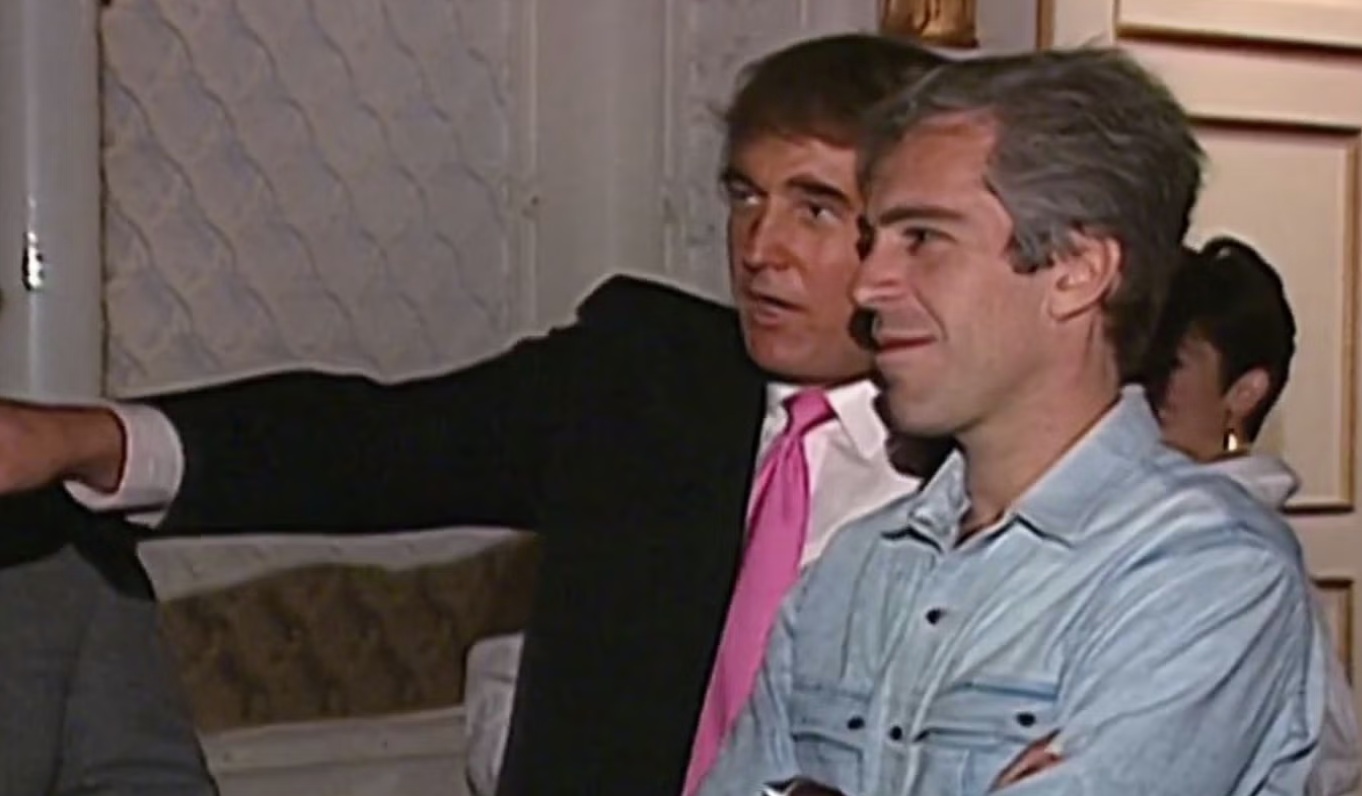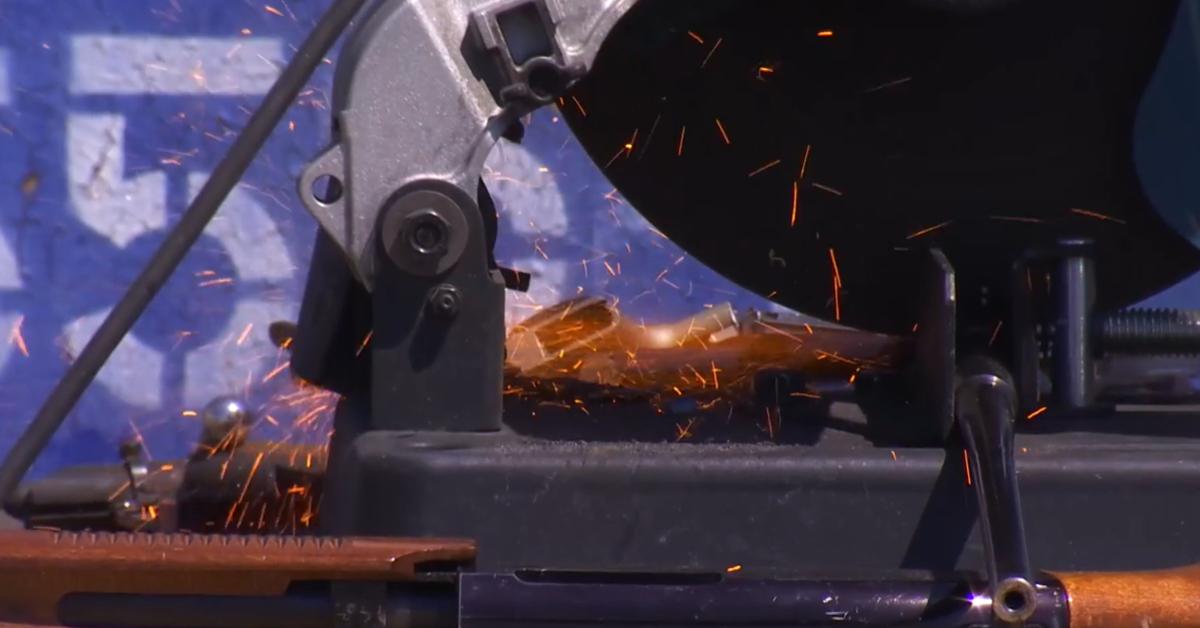With just three weeks until Manitoba’s general moose opener, a First Nation in the province says it is barring non-Native hunters from hunting in its territory. The Bloodvein First Nation erected the first no-trespassing signs on Saturday, setting the stage for a legal conflict with other hunters and the provincial government.
During a press conference over the weekend, the First Nation said the blockade would apply to non-indigenous hunters anywhere on the Bloodvein’s traditional lands, which lie along the eastern shore of Lake Winnipeg. The no-trespassing signs also include fishing and trapping in the bans. Its leaders have also called on the Manitoba government to stop issuing hunting licenses within the territory.
Chief of the Bloodvein First Nation Lisa Young said this has become necessary due to years of over-harvesting and wasteful hunting practices by outsiders.
“We sustain ourselves with our hunting and fishing, and we’ve had some unsuccessful hunts over the years because of the overhunting in our area,” Young told CBC News. She added that the community only had one successful moose hunt last year. “We’d like to stop people from driving onto our First Nation and taking over this area and hunting off our river.”
Young said she’d already turned away two non-Native hunters on Saturday who were trying to scout for moose. She and other Bloodvein members have claimed they are acting within the bounds of the law and standing by their rights as a sovereign nation. Several other First Nations’ leaders, including the Assembly of Manitoba Chiefs, have publicly supported the move.
Non-Native hunters have taken issue with the Bloodvein’s stance, however. Chris Heald, senior policy advisor for the Manitoba Wildlife Federation, called the blockade “uncalled for” and illegal in an interview with the CBC Sunday.

Heald said the First Nation’s claims that there aren’t enough moose to go around are misguided, and that the government’s population data says otherwise. He said that even if moose numbers were down, fish and wildlife on the Bloodvein’s traditional lands are still shared resources managed by the provincial government, and not the First Nation alone.
“I don’t think the First Nation can assert sovereignty over traditional areas and say that licensed hunting can’t go on,” Heald said. “These hunters have already purchased their license based on [the government’s] science and data. And how is a certain group to say the other group can’t go? It’s just not legal.”
Read Next: ‘Disrespectful Violations’ Prompt Ute Tribe to Close 4 Million Acres to Nontribal Hunters, Anglers, Campers
Heald said that with moose season set to open on Sept. 15 in most of the province (a few areas opened Aug. 25), he expects there to be additional conflict between First Nation members and non-Native hunters in the coming weeks. He’s now asking the provincial government to take a leadership role and broker a solution.
“I hope cooler heads prevail … And I hope the province steps in and removes this roadblock on provincial Crown Land,” Heald said. “Nobody has the authority, in my mind, to block access.”
Read the full article here




